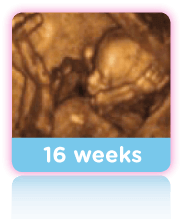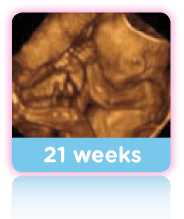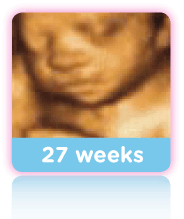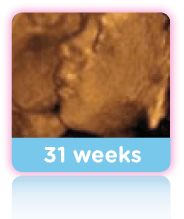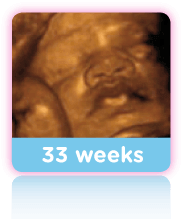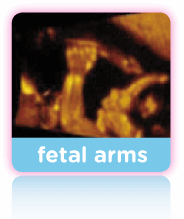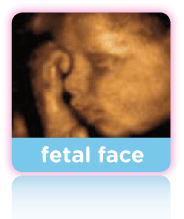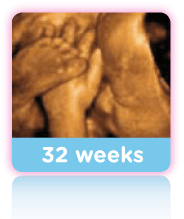
Glasgow | Aberdeen | Hamilton | Kilmarnock | Edinburgh
Precious baby moments for all
to see, in amazing 3D scans
Did you know that ultrasound was introduced to Obstetrics by Prof Ian MacDonald of Glasgow University in the 1960s? In fact his colleague, engineer Tom Brown developed the first 3D ultrasound machine in 1976! One of these 3D scanning machines can be seen in the BMUS historical collection in Queen Mothers Hospital in Glasgow.
Since then the race has been on for the development of 3D scanning equipment. Over the past 20 years the development of 3D ultrasound equipment has accelerated mainly due to the rapid advancement of computer technology.
At the forefront in the development of 3D scanning technology is General Electric, with their Voluson series.
The basic principal behind the Voluson 3D technology is to align the successive parallel 2D scan images together and use a technique called surface rendering which has its origin in computer graphics engineering to generate the 3D ultrasound image.
3D refers to the 3rd dimension giving depth to the image. Therefore, with 3D scanning you can see the shape of the babies face. The 3D baby scan can then be given any colour but in most cases is given a golden hue as it is regarded to be the most aesthetically pleasing. The 4D scan further adds the 4th dimension of time giving you a moving 3D image of the baby.
With all of our 3D/4D packages we will provide you with still 3D scan images on a CD Rom, colour photos and the 4D baby scan is recorded onto a DVD.
If you require further information regarding our 3D and 4D scanning packages please visit our Packages and Fees page and Frequently Asked Questions page. If you still have some questions remaining regarding our 3D and 4D baby scans please feel free to contact us. Our contact details are listed on the Contact Us page.

Title Here
Content Here
Title Here
Content Here
Title Here
Content Here




Did you know that ultrasound was introduced to Obstetrics by Prof Ian MacDonald of Glasgow University in the 1960s? In fact his colleague, engineer Tom Brown developed the first 3D ultrasound machine in 1976! One of these 3D scanning machines can be seen in the BMUS historical collection in Queen Mothers Hospital in Glasgow.
Since then the race has been on for the development of 3D scanning equipment. Over the past 20 years the development of 3D ultrasound equipment has accelerated mainly due to the rapid advancement of computer technology.
At the forefront in the development of 3D scanning technology is General Electric, with their Voluson series.
The basic principal behind the Voluson 3D technology is to align the successive parallel 2D scan images together and use a technique called surface rendering which has its origin in computer graphics engineering to generate the 3D ultrasound image.
3D refers to the 3rd dimension giving depth to the image. Therefore, with 3D scanning you can see the shape of the babies face. The 3D baby scan can then be given any colour but in most cases is given a golden hue as it is regarded to be the most aesthetically pleasing. The 4D scan further adds the 4th dimension of time giving you a moving 3D image of the baby.
With all of our 3D/4D packages we will provide you with still 3D scan images on a CD Rom, colour photos and the 4D baby scan is recorded onto a DVD.
If you require further information regarding our 3D and 4D scanning packages please visit our Packages and Fees page and Frequently Asked Questions page. If you still have some questions remaining regarding our 3D and 4D baby scans please feel free to contact us. Our contact details are listed on the Contact Us page.


